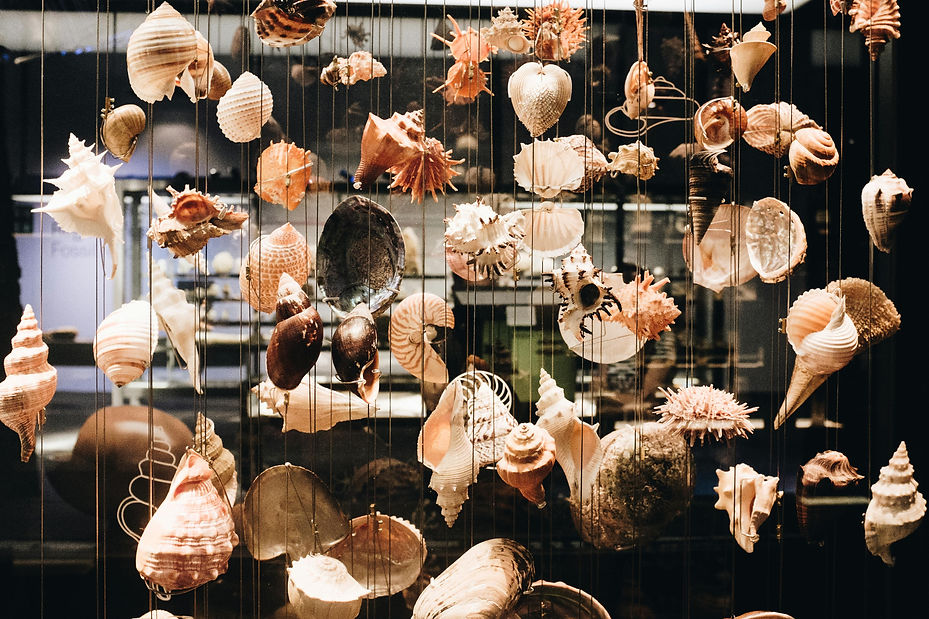Vishwaroopam: The Framework
- VISHWAROOPAM
- Nov 23, 2024
- 3 min read

Our central approach, The Parilay Way model & core values enshrined in platform principles we subscribe to, are based on collaborate@mission mode.
Consequently, our diverse standpoints and collaborative resources are brought to bear on every challenge we engage with. Essentially, our life-hugging approach is hands-on, personal, collaborative and rooted in research.
This is our resolve for the future: a world where design, the arts, risk enablement, resilience and sustainability are inextricably linked. Our route forward is obvious as we empower people and processes to accord with the Parilay philosophy of ageless eco-design!
We align wholeheartedwly with eco creative approaches to sustainability, The PARILAY Way which is more than simply a concept; it is a philosophy that binds the threads of design, risk enablement, resilience, environmental sustainability, and destiny into an ensemble of rising beyond everyday or severe obstacles.
The eco designs breathing Parilay approaches are ageless, transcending the present moment to become future treasures. With each design, we evaluate its whole path, from conception to the possibility of renewal, to ensure that every step leaves a lasting legacy for future generations.
RESEARCH
“We are like seamen – having to rebuild their ship at sea, without the opportunity to do it completely. When a beam is taken off, it must immediately be substituted, while the whole ship acts as a supporting structure. The ship will so be completely renovated, through old and drifting wood, but only in a gradual process” (Neurath, 1921)
The research leading to The Parilay Way has conformed to the Grounded Theory Research Techniques formulated by Glasner & Strauss (1967) in its Constructivist Form by Kathy Charmaz (2000) - which allows the researcher as a co-participant in the study, not just a neutral observer. According to the research technique, data, research processes, and hypotheses are constructed by the researcher and research participants, rather than discovered. Literature, though scarce, has been explored mostly from resources available regarding Deep Ecology (Arne Naess) and Dark Ecology (Timothy Morton) approaches. Therefore, the methods of investigation adopted are in contrast with traditional hypothesis-deductive research approaches.
Creative eco cultural practices are the channels for irrigating Eco Cultural Deserts, the geographical, economic or historical domains afflicted with broken chains of ecological intelligence and pools of gross deficit of regenerative intelligence. In this striking context, the research based experiments with positive risk enablement & inner eco cultural transformation, the Antahkranti process, added to exhaustive evidential field research experience which was gained from several Eco Media Labs conducted for young change makers in different geographical regions of this country over the years, which have brought out The Parilay Framework. The intensive engaged learning is product of numerous codes, analytic and methodological questions as well as comparisons between fragments of data. Often relying upon constant comparative method to analyze the data line by line, the memo generation was a challenging, yet enjoyable process. The process and exchanges between practitioners turned selective when key conclusions and concepts had taken roots. The data though saturated, as more was learnt from analysis, more data has still continued to pour in from diverse interactions and sources, seminar/conference discussions and rejoinders from eco-media practitioners. This also provided necessary validation on-course. Much of the work has been published also, "Exploring Eco Media: Raising Scientific Temper" (Eds. Pamposh Kumar & S. Nagarathinam) ISBN 978-93-5321-816-4. Subscribing to the principle of modifiability of theory, the the resultant Framework is established as a set of platform principles. This set is based on seven key pillars that describe our vision for a future in which design coexists harmoniously with our surroundings.
The continued research in to eco health, eco design, innovation & eco-media domains, along with participatory explorations of risk enablement, harmonious resilience, eco-ethics and aesthetics, underline our sustained commitment to creating solutions that are resilient, reusable, and restorable or amendable, while also integrating materials that contribute to an economy that is increasingly circular, better say sustainable.

